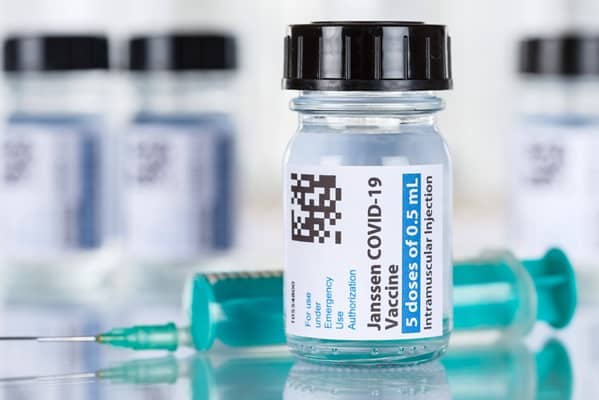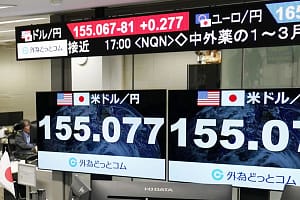Johnson & Johnson leads globally in healthcare stocks, with a market capitalization of approximately $390 billion.
However, its growth trajectory has been lackluster in recent years, with a mere 18% increase over five years, falling significantly short of the S&P 500’s historical annual average growth rate of 10%.
Despite a 76% rise over the past decade with an annual growth rate of 5.8%, the company’s performance has been moderate.
However, last year, Johnson & Johnson made a move by spinning off its consumer health business to focus on areas for potential growth. Could this shift help the company reach a valuation of $1 trillion by 2030?
Expansion strategies of Johnson & Johnson
One strategy for healthcare companies to expand their operations is through internal development and launching new products. However, this method can be time-consuming and has inherent uncertainties regarding successful clinical trials.
Currently, Johnson & Johnson is involved in 60 programs, in either Phase 2 or Phase 3 trials, increasing the chances of potential breakthroughs. However, success is not guaranteed for these programs. Additionally, they may not necessarily yield transformative drugs.
The company has been focusing on acquiring businesses to strengthen its long-term prospects. The American multinational pharmaceutical company has actively pursued acquisitions for years. In 2022, it completed the purchase of Abiomed, a heart pump manufacturer, for $16.6 billion, which bolstered its medical device division.
Additionally, in November, it announced the acquisition of Laminar, a medical device company, for an initial payment of $400 million, with potential milestone payments in the future.
Regarding pharmaceuticals, the company announced plans to buy Ambrx Biopharma for $2 billion in January. Ambrx specializes in antibody-drug conjugates (ADCs) designed to target cancer cells while minimizing damage to healthy cells.
Challenges in achieving high growth
Despite these acquisitions, there are concerns about whether Johnson & Johnson can achieve the robust growth required to reach the milestone of $1 trillion. In December, the company shared its long-term projections, indicating a growth rate of 5% to 7% from 2025 to 2030.
Even though the American multinational pharmaceutical firm expects to have more than 10 assets in its innovative medicine sector with potential peak sales exceeding $5 billion each, it does not foresee a substantial increase in sales. A 5% annual growth rate over five years would result in a roughly 28% increase in sales, which, while commendable, may not be sufficient to attract growth investors.
Looking ahead
The world’s biggest maker of healthcare products’ shares have seen an increase of 0.9% over the last month, not keeping up with the Medical sector’s gain of 5.86% and the S&P 500’s gain of 3.8%. Thus, exceeding the S&P 500’s 10% growth barrier is still uncertain.
Analysts and investors alike will be keeping a close eye on Johnson & Johnson’s performance in its upcoming earnings disclosure.
While focusing more on growth may lead to improved returns for investors compared to historical performance, reaching a $1 trillion valuation would necessitate a 156% increase in the stock price. While not unattainable, considering the company’s growth prospects and recent acquisitions, it appears unattainable in the near term.
Despite this, dividend investors may still find value in Johnson & Johnson, given its 3% dividend yield and its tradition of annual dividend increases.






Leave a Comment